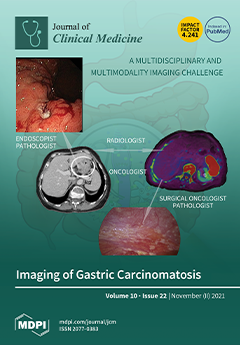Extracorporeal membrane oxygenation (ECMO) represents a viable therapy option for patients with refractory acute respiratory distress syndrome (ARDS). Currently, veno-venous (vv) ECMO is frequently used in patients suffering from coronavirus disease 2019 (COVID-19). VV-ECMO was also frequently utilised during the influenza pandemic and experience with this complex and invasive treatment has increased worldwide since. However, data on comparison of clinical characteristics and outcome of patients with COVID-19 and influenza-related severe ARDS treated with vv-ECMO are scarce. This is a retrospective analysis of all consecutive patients treated with vv/(veno-arterial)va-ECMO between January 2009 and January 2021 at the University Medical Centre Hamburg-Eppendorf in Germany. All patients with confirmed COVID-19 or influenza were included. Patient characteristics, parameters related to ICU and vv/va-ECMO as well as clinical outcomes were compared. Mortality was assessed up to 90 days after vv/va-ECMO initiation. Overall, 113 patients were included, 52 (46%) with COVID-19 and 61 (54%) with influenza-related ARDS. Median age of patients with COVID-19 and influenza was 58 (IQR 53–64) and 52 (39–58) years (
p < 0.001), 35% and 31% (
p = 0.695) were female, respectively. Charlson Comorbidity Index was 3 (1–5) and 2 (0–5) points in the two groups (
p = 0.309). Median SAPS II score pre-ECMO was 27 (24–36) vs. 32 (28–41) points (
p = 0.009), and SOFA score was 13 (11–14) vs. 12 (8–15) points (
p = 0.853), respectively. Median P/F ratio pre-ECMO was 64 (46–78) and 73 (56–104) (
p = 0.089); pH was 7.20 (7.16–7.29) and 7.26 (7.18–7.33) (
p = 0.166). Median days on vv/va-ECMO were 17 (7–27) and 11 (7–20) (
p = 0.295), respectively. Seventy-one percent and sixty-nine percent had renal replacement therapy (
p = 0.790). Ninety-four percent of patients with COVID-19 and seventy-seven percent with influenza experienced vv/va-ECMO-associated bleeding events (
p = 0.004). Thirty-four percent and fifty-five percent were successfully weaned from ECMO (
p = 0.025). Ninety-day mortality was 65% and 57% in patients with COVID-19 and influenza, respectively (
p = 0.156). Median length of ICU stay was 24 (13–44) and 28 (16–14) days (
p = 0.470), respectively. Despite similar disease severity, the use of vv/va-ECMO in ARDS related to COVID-19 and influenza resulted in similar outcomes at 90 days. A significant higher rate of bleeding complications and thrombosis was observed in patients with COVID-19.
Full article






